

Neil Briscoe
2026 Xpeng G6 AWD Performance review: Quick drive
5 Days Ago

News Editor
The Ford Endura has been axed after just two years on the market.
The large, two-row crossover won’t continue into the 2021 model year.
“With the expansion of the Ford SUV line-up in 2020 to include the all-new Puma and Escape, as well as our growing Everest offerings, we’ve decided to hone our SUV line-up to these three vehicles, meaning Endura will depart our Australian line-up by the end of 2020,” said a Ford Australia spokesperson.
The spokesperson cited the new Escape’s increase in size and the addition of new Everest variants for 2021, including a new, rear-wheel drive Sport model.
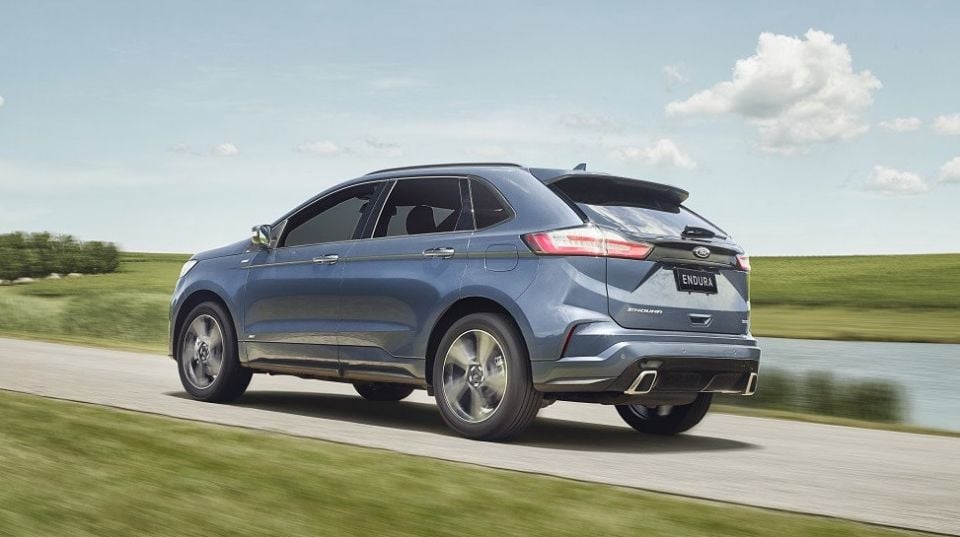
Ford Australia wouldn’t comment on plans for a replacement for the Endura, a renamed version of the Canadian-built Edge.
The three-row, rear/all-wheel drive Explorer remains left-hand drive-only, as does the stretched, three-row version of the Edge built and sold in China.
There were reports earlier this year Ford is developing a stretched, three-row version of its Escape à la the Volkswagen Tiguan Allspace, which could also replace both the Edge and the last remaining Ford minivans, the S-Max and Galaxy, in the European market.
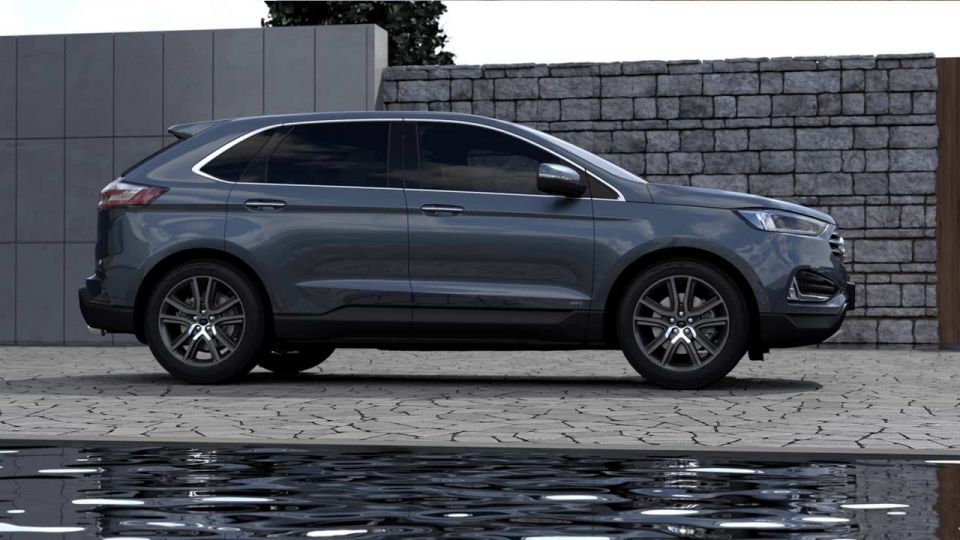

Year-to-date, Ford has sold 1015 examples of the Endura, leaving it outsold by rival SUVs like the Skoda Kodiaq and Jeep Grand Cherokee.
The Hyundai Santa Fe and Kia Sorento are also outselling it by a rate of around three-to-one.
The Endura was introduced in 2018 as a belated if indirect replacement for the Territory.
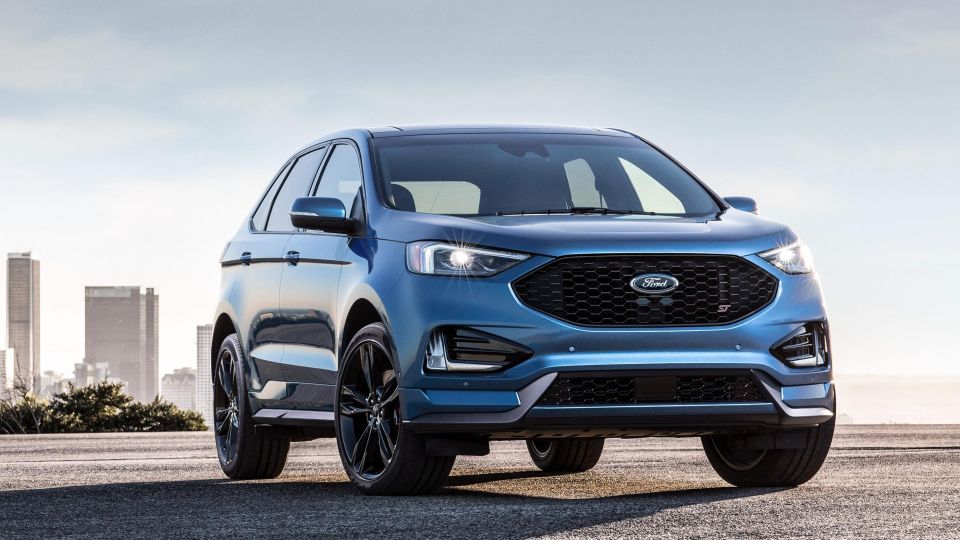
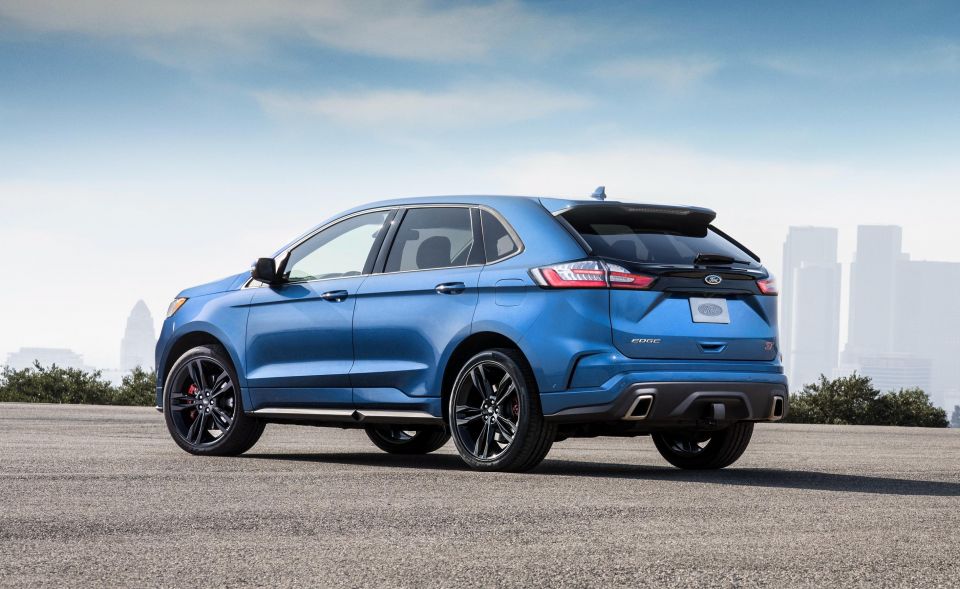
Unlike the Aussie SUV it has been offered with just a single turbo-diesel powertrain, despite the presence of both a turbocharged 2.0-litre four-cylinder petrol engine and an even zestier twin-turbocharged 2.7-litre V6 petrol-powered ST variant in its home market.
Ford has pitched both the Endura and the larger, Ranger-based Everest as replacements for the Territory, though only the latter offered a third row of seats.
Even combined, the two large SUVs have struggled to match the sales success of the defunct, homegrown Territory.

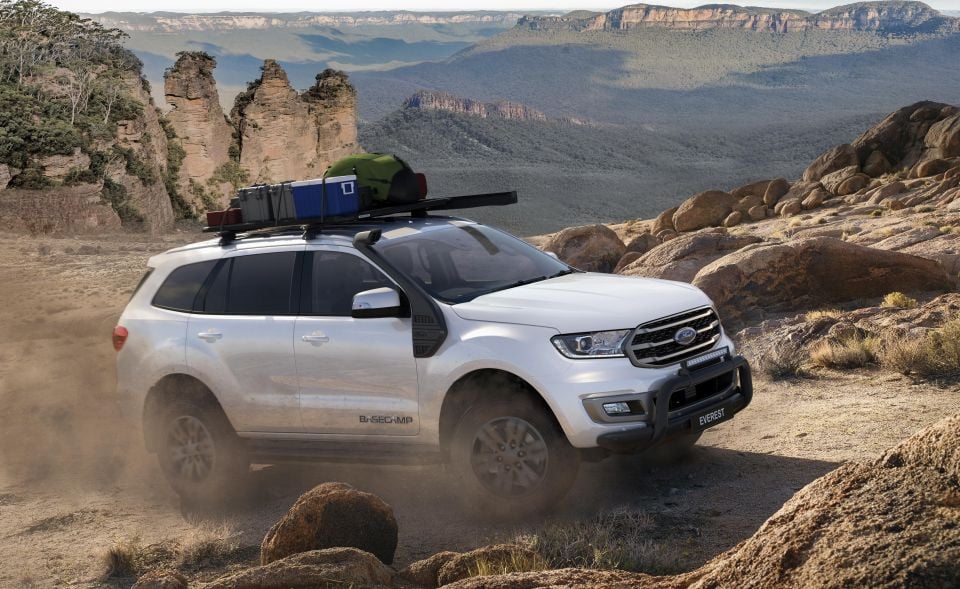
In its last full year on sale – 2015 – Ford sold 8902 examples of the Territory, by then a decade-old design. In 2019, Ford sold 5333 Everests but shifted just 1893 examples of the new Endura.
Though it’s the second generation of the Edge, it was the first to be engineered for right-hand drive. But the writing was on the wall for the Canadian-built crossover as early as a year ago.
Ford axed it from its UK line-up last year just six months after it was facelifted, while it disappeared from New Zealand price lists shortly thereafter. That left Australia as the last remaining right-hand drive market for the crossover.
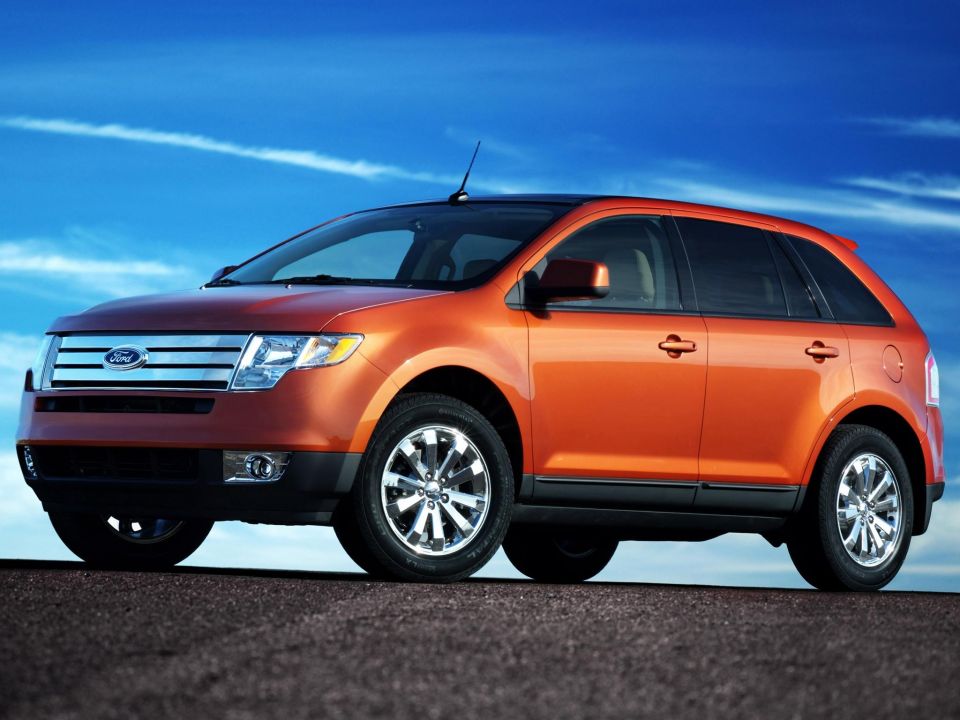
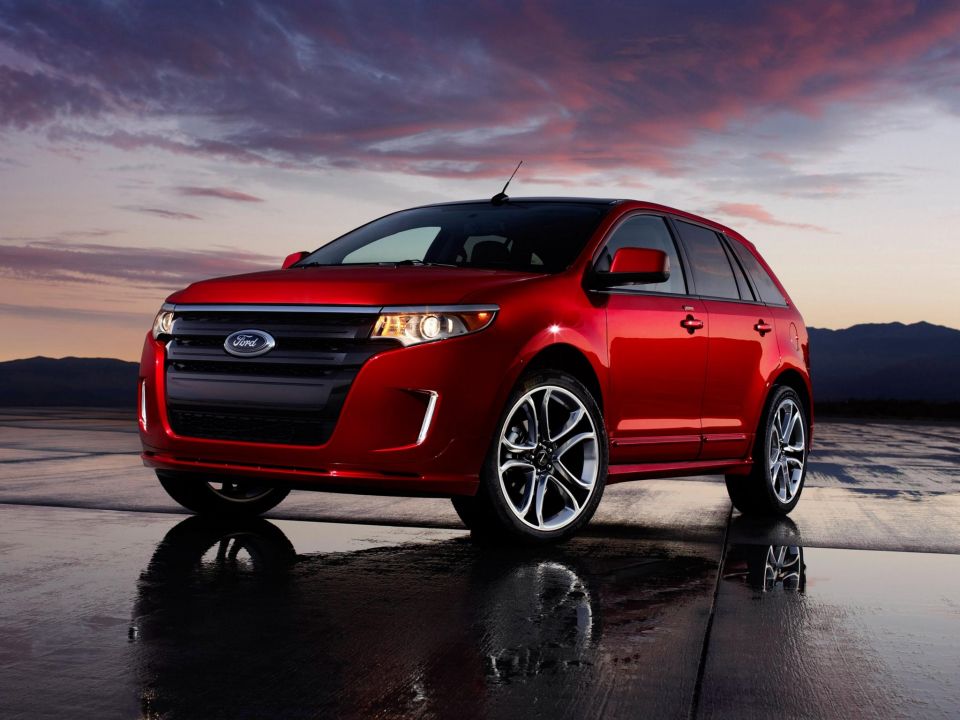
In its home market of North America, the Edge has been a steady seller since the first generation was launched in 2007.
Last year, it was the fifth best-selling mid-sized (translation: large) SUV in the US market, outselling models like the Hyundai Santa Fe, Kia Sorento and GMC Acadia.
In the US and Canada, two-row crossover SUVs of this size aren’t unusual. North American buyers can still get their hands on a Nissan Murano, while Honda recently introduced its Pilot-based Passport and even the Santa Fe is sold only with two rows of seating.
Where expert car reviews meet expert car buying – CarExpert gives you trusted advice, personalised service and real savings on your next new car.
William Stopford is an automotive journalist based in Brisbane, Australia. William is a Business/Journalism graduate from the Queensland University of Technology who loves to travel, briefly lived in the US, and has a particular interest in the American car industry.


Neil Briscoe
5 Days Ago


Max Davies
4 Days Ago


James Wong
2 Days Ago


William Stopford
2 Days Ago


Josh Nevett
1 Day Ago
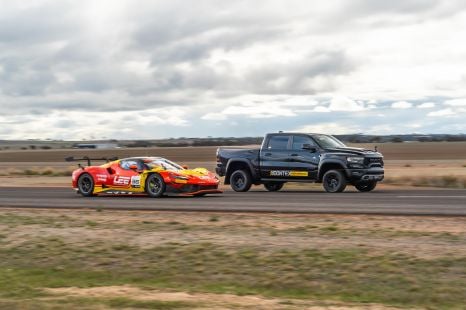

Paul Maric
14 Hours Ago